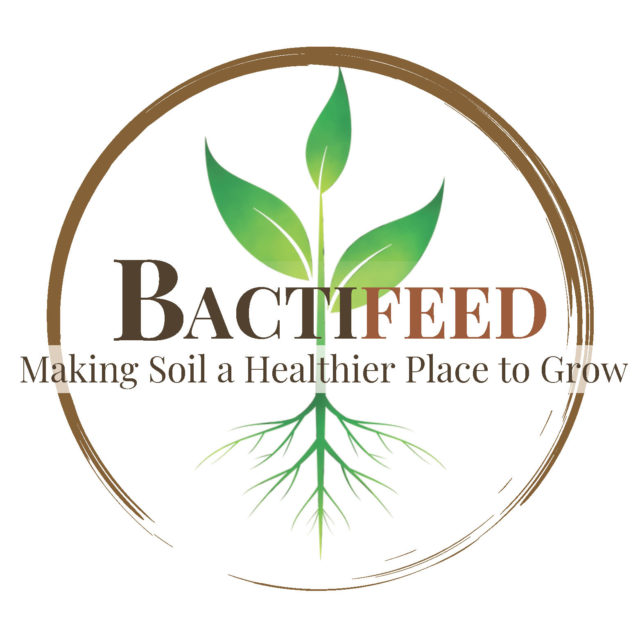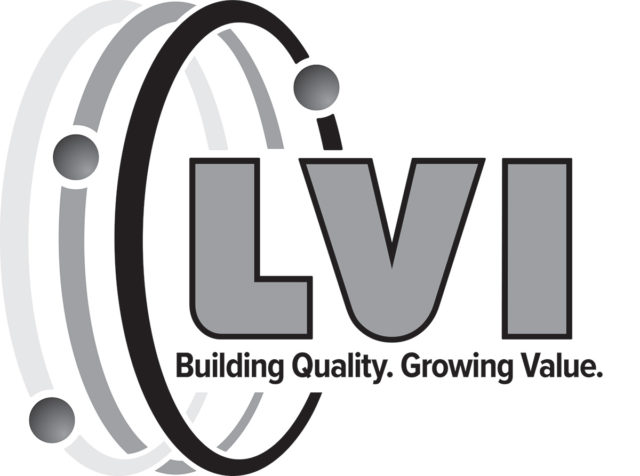Dear editor, I’m writing in regards to a column/article in the June 17 issue by Ladd Siebert titled: “Are we trimming our dairy cows correctly?”
As you likely know, Zinpro has done extensive work both in hoof/lameness education and research. Through the years, we’ve partnered with experts in the industry to help further the cause of lameness education and proper hoof trimming methods.
After your issue was published, there was keen interest in Mr. Siebert’s column by our research nutritionists, including discussion between them as well as with other experts in the field. My primary concern with the column is a lack of science that is behind the Kansas method.
Numerous, numerous industry leaders in the arena of dairy hoof care have adopted and integrated the Dutch method in their teachings, business dealings and day-to-day management of dairy operations.
In communicating with one well-spoken and well-known industry leader, he explained that the Kansas method was an approach that was handed down to Ladd Siebert from his father, and it’s one that has seen very little, if any, adoption in the industry.
Counter to that method, the Raven method is widely accepted because findings from its use have been published, based on scientific research, and subsequently used with success throughout much of the world for many years. The techniques make sense based upon what we understand about overgrowth and weight-bearing dynamics within the claw, and also considering what we understand about the pathogenesis of claw lameness.
I’m not opposed to educating the industry and including information on a viewpoint that may be counter to what is the “cultural norm.” However, 11 editorial pages is quite extensive on one topic that did not have a scientific basis, all while cutting-down an approach that is widely known and accepted because of its science.
—Brad Frisvold
Marketing manager
Zinpro Corporation
Dear editor,
I think publications such as yours have a large responsibility to disseminate accurate information to their readers. I believe you did a large disservice to the hoof health industry by printing Dr. Siebert's article. He has no experience with the Functional Trimming Method developed by Dr. Toussaint Raven and therefore misrepresents and misinterprets this method. This method, based on years of research and widely accepted in the industry, is the only method that is consistently and successfully used throughout the entire world.
The so-called "Kansas Method" is not based on any research. It is pure opinion. Publishing material such as this does more harm than good. My hope is that readers grew tired of the lengthy article before they finished it and therefore will not try to implement this trimming method on their dairy or at their clients’ farms.
Dr. Siebert may be a veterinarian, but this does not qualify him as an “expert.” I assure you there are no highly-respected hoof health researchers or veterinarians anywhere in the world that would agree with or practice the “Kansas Method.”
—Karl Burgi
Hoof trimmer
Dairyland Hoof Care Inc.
Dear editor,
I would like to publicly address the following comments to Jerry Kozak, Jim Tillison and the CWT committee.
For two days in a row, I have received bad news for the dairy industry. Yesterday (July 16) the CWT officials announced a 25,474 cow and 358 heifer retirement, then today the Class III futures continued to decline .10 to .20 cents per hundredweight.
As a current supporter of the CWT program, I continually field criticism from numerous dairy clients. The three dairies of which I am a member (two in New Mexico and one in Virginia), “invest” $10,000 to $12,000 per month into the CWT program. As an industry, we would like some very specific answers to questions that have been asked and heretofore not answered.
There exists a two-part program within the CWT: Cattle retirement and export assistance. I was told in February this year, that the CWT funds should have approximately $140 million in the bank as of June 30, 2008, from producer investments (10-cent assessments) … I hereby request a full accounting of all sources and uses of funds in the CWT programs since the program’s inception.
In February 2008, I questioned the propriety of the export assistance part of the CWT program, reciting my view that we producers realize very little, if any, benefit in subsidizing sale of surplus production. We, as producers, would prefer to not have any surplus by retiring more cattle. In February, I asked for data which would disclose follow-up sales to those customers who received our subsidized products. We were told that the export assistance sales would lead to new customers, so we ask: How successful has this plan been in attracting new customers worldwide?
I am disturbed that the impact of our meager 26,000 head retirement plan resulted in an immediate decline, not an increase, in Class III futures. As a committee, you claim the responsibility to “strengthen and stabilize the national all-milk price.” The net prices paid to the average dairy farmer today does not cover the cost to produce milk. So why is so little being done to improve the milk price when this committee has $140 million invested by its underlying producer membership?
It was reported today (July 17) that national production is 2.4 percent ahead of last year. Because of the weak dollar worldwide (not because of our CWT subsidies), our surplus products are being sold to customers outside of this country and not to the U.S. government for $9.90 per hundredweight. The dollar will regain its strength (it always has in the past) and when it does, our exports will drop off, and we producers will have an enormous milk surplus problem, as we have seen in past years.
Being much more aggressive with cattle retirement is necessary for acceptable producer pay prices in the short-term and for the future. We have excess production from nearly 250,000 cows today and in two to three years that cow number will not be higher, but there will probably be no home for that milk other than the U.S. government warehouses, at $9.90 per hundredweight.
I look forward to your response and more importantly to the requested accounting.
—Gary B. Genske
CPA Certified public accountant Genske
Mulder & Co. LLP




